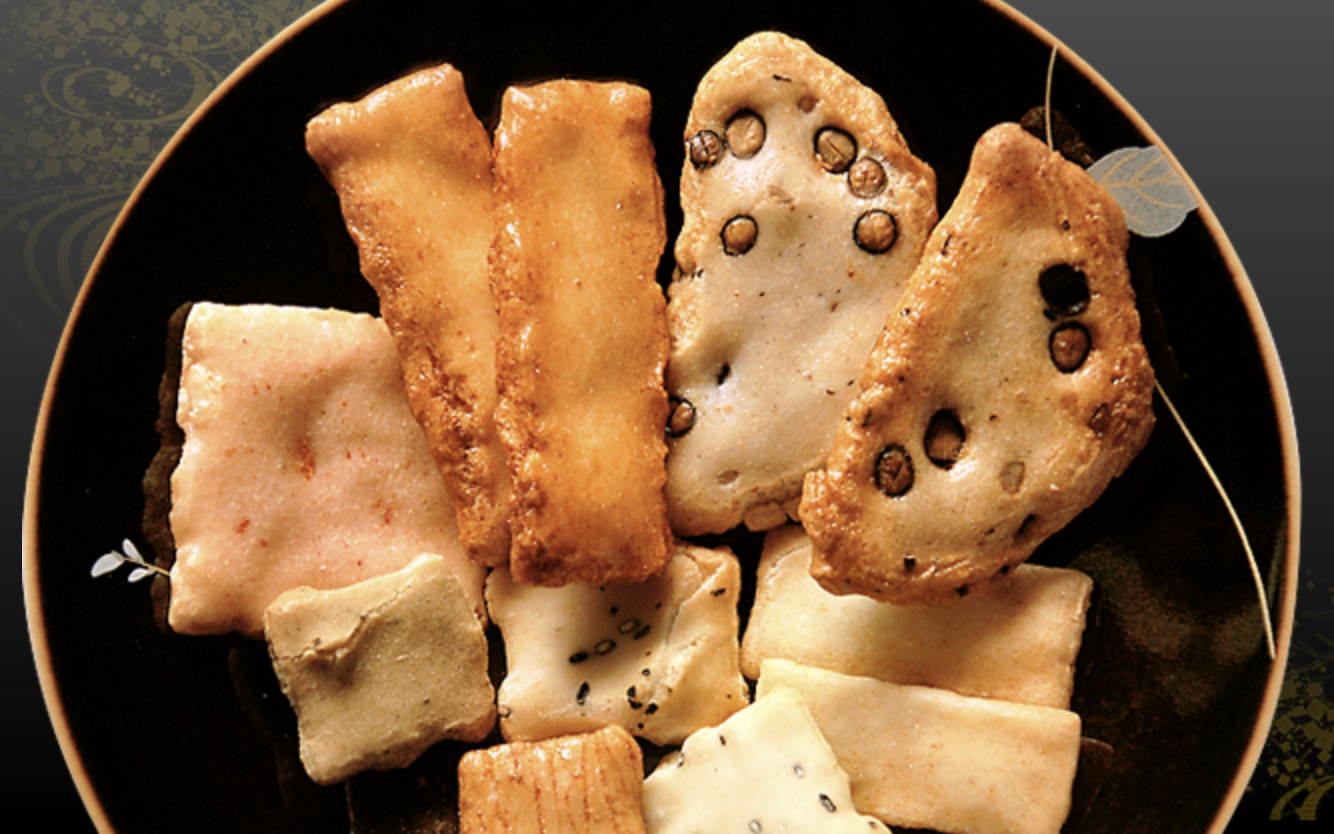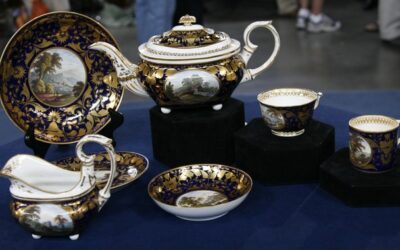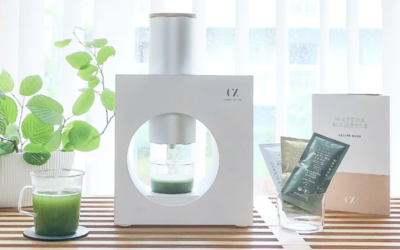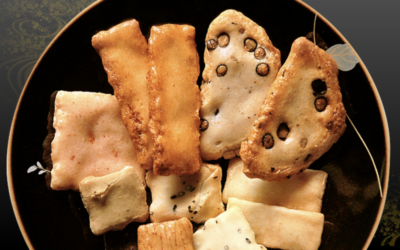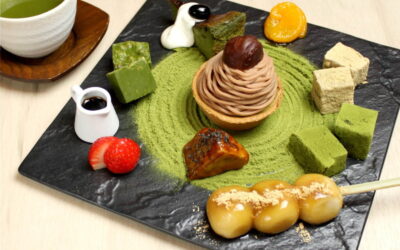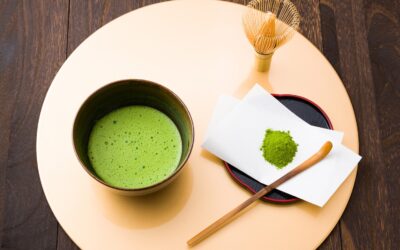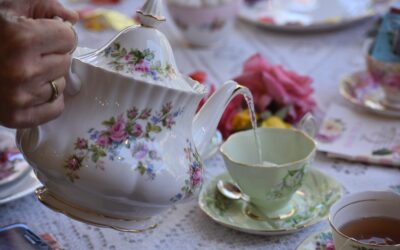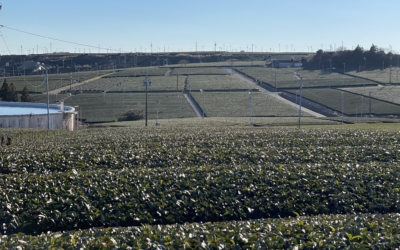Recently, Wheat prices have increased. This is not only due to a surge in demand caused by the increase in the world population, but also to major changes in world affairs. On such occasions, rice, as Japanese main dish, and rice crackers, gain exposure because of their good features.
“Beika” was Born in Japan

A Rice Snack
Beika(“米菓” in Japanese) is the general term for a snack made from rice and has different production processes and characteristics depending on the raw material.
What is made from sticky rice is generally called “Arare” or “Okaki”, and is characterized by its soft texture and melt-in-the-mouth qualities. The other made from non-sticky rice is called “Senbei” and is often harder than Arare.
The “Arare” melt-in-the-Mouth with Wide Variation
The sticky rice(Mochi-Gome, “餅米”) originated in ancient and is said that has already been planted over 2000 years ago, and offered in festive ceremonies as a Japanese custom.
In the Nara period (710-794), a special section for them was set up in the department responsible for the food service for imperial ceremonies. Furthermore, in the Heian period (794-1185), Kagami-mochi were presented to the emperor on the morning of New Year’s Day in a ceremony known as “Hagatame”. It was later crushed and eaten as dried confectionery.
In the Edo period (1603-1868), rice cakes(“Mochi” in Japanese) were produced as raw materials for Arare and mass-produced as a commodity. In the Meiji and Taisho periods, its production method was established and it became popular as a popular snack.
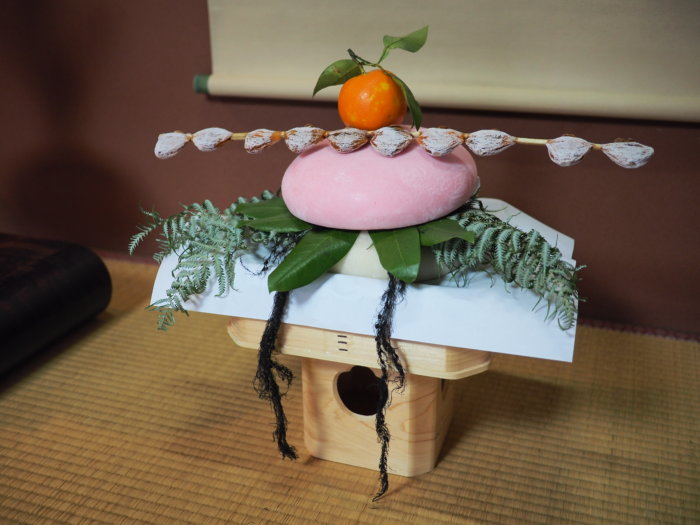
Kagami-Mochi
In today’s Japanese traditional occasion, it is an essential part of the Dolls’ Festival(Hina-Matsuri) held in March to pray for young girl’s growth and happiness. This is called “Hina-Arare”. While modern Arare come in a variety of flavors, Hina-Arare come in a variety of colors, which have the meanings as follows:
Green: Nature energy imaging forest
Red(Pink): Life energy imaging blood
White: Ground powerful energy imaging snow one

Colorful Hina-Arare
As a side note, the name ‘Arare’ comes from the bouncing sound and small, puffed-up shape of the roasted rice cakes, which resemble hail(Arare, “霰” in Japanese) falling from the sky.
The “Senbei”, Japanese Rice Craker with Crunchy and Fragrant
The Senbei is a flat snack made from kneaded, stretched thin, and baked non-sticky rice. This originated in China and was introduced to Japan between the Nara and Heian periods, and was a meal made of wheat baked in oil, not a snack.
In the Edo period, Senbei had become a preserved food, with rice farmers kneading surplus rice into dumplings and drying. However, as the inn towns became busy resting places for the travelers, this preserved food began to fill their small bellies. The most famous of these in Japan is the “Soka”-Senbei.
They were initially “salt crackers” with salt kneaded into their dough made of non-sticky rice, but they were coated with “soy sauce” when they became so popular at the end of the Edo period, which made them so flavorful.
5 Strong Points of Rice and “Beika”
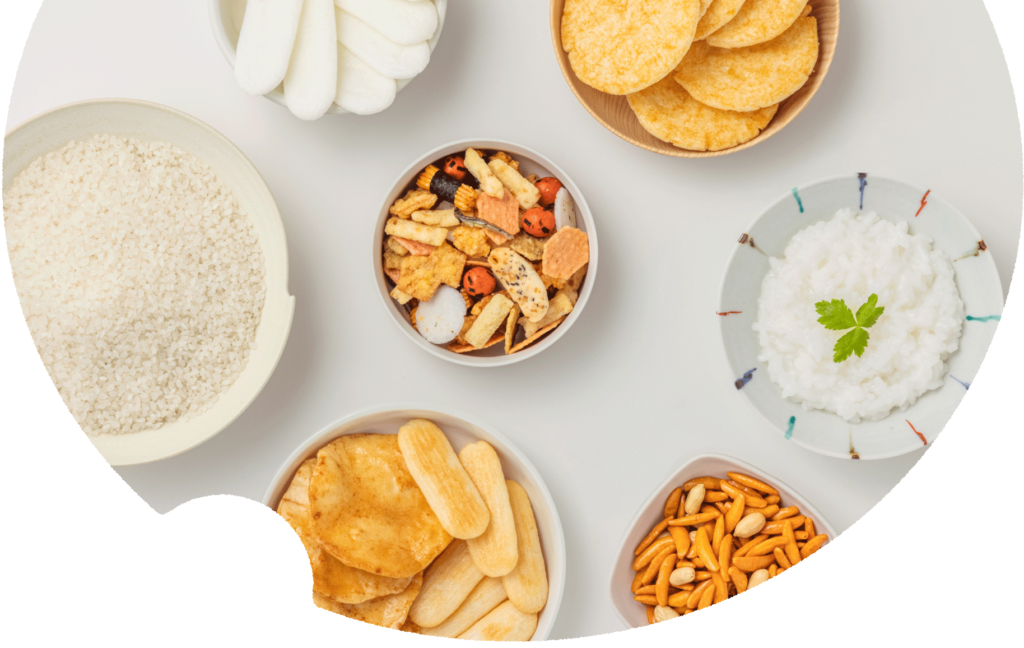
©Kameda-Seika
Among the Yame-Cha, Hoshino Seicha-En, which we will introduce here, has a strong presence. They produce and sell a variety of Japanese teas using the high-quality tea leaves of Yame, and their matcha green tea is widely popular in Japanese Tea Ceremonies.
#1: Gluten-free
Rice is gaining worldwide attention as a gluten-free grain. Gluten is a protein that makes up 80% of wheat and is one of the factors causing wheat allergies. Gluten-free foods originated as a medical method in the West, where wheat is the staple food, but have now become a diet.
#2: Powerful Energy Sources
Rice holds 80% of its nutritional content as carbohydrates. And this is a very efficient source of energy with a digestion and absorption rate of 98%. A bowl of rice produces 234 kcal of exercise, which is equivalent to about 120 minutes of walking or 40 minutes of running (a bowl of rice = 150 g, based on a body weight of 50 kg). Rice is truly the petrol that keeps your body moving.
In addition, a bowl of white rice has protein same as a half glass of milk, dietary fiber same as a stalk of celery, minerals, and B vitamins with good balance.
#3: Cereals with good protein quality
9 of 20 amino acids that make up the human body, are called essential ones and cannot be produced by your body, so we have to obtain them from food or other sources. The amino acid score is an assessment of the balance of essential amino acids, and eggs, milk, and meat are protein sources with a full score(100).
Rice scores 93, which is not close to the full score, but wheat, another staple food ingredient, scores 56. It can achieve the full score simply by eating side dishes containing soy together, such as “Natto”.
#4: Including “UMAMI” Ingredient
Hoshino Seicha-En’s matcha is made from the same tea leaves as Yame-Dentou-Hon-Gyokuro. This makes it fragrant and mellow, with a good balance of sweetness and bitterness, making it very easy to drink, even for those who do not like the astringency of Japanese tea.
In addition, the matcha Powder’ color here is very good, so the color of the matcha is very vivid when it is served at cha-no-yu (tea ceremony) or when it is mixed with sweets.
#5: Benefits from Chewing
It is good for your health to Chew rice Confectionery such as Arare and Senbei. This not only increases saliva production, but also works the jaw muscles, which stimulation activates the physiology of the brain and prevents ageing. And many dentists recommend to have them because masticating them through chewing helps to strength our teeth and they contain little sugar.
Pick Up Top “BEIKA” Brands and Products in Japan
Kakinotane: Rice Crackers and Peanuts
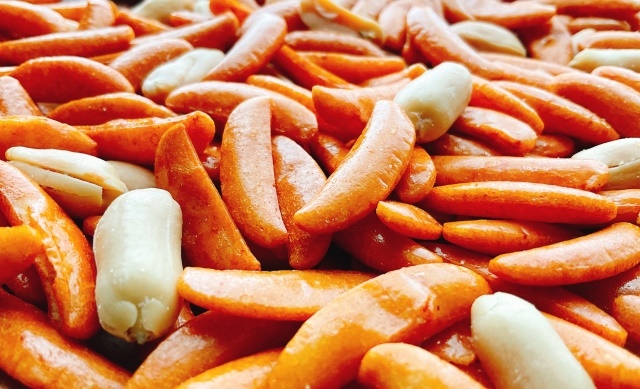
Tiny Arare with a tangy soy-sauce flavor and savory peanuts are mixed together in just the right balance to create a unique taste and texture, it’s called “Kakinotane”.
This is a classic product that consistently ranks high in Japanese snack popularity, especially made by Kameda-Seika. Furthermore, this product is useful as not only a usual snack but also a boozy one.
In fact, this iconic Japanese rice snack was actually born from an accidental event, which started in 1924, when the founder of Naniwaya-Seika making rice crackers in Niigata Prefecture, stepped on a koban-shaped mold by mistake. However, when he used this mold to make rice crackers, they became so popular for their resemblance to persimmon seeds that they were sold as they were.
Nowadays, there is controversy over the ratio of peanuts to the Arare, and some are sold coated with western desserts such as cheese or chocolate.
Kinako-Mochi: a Magic Snack melts in a flash
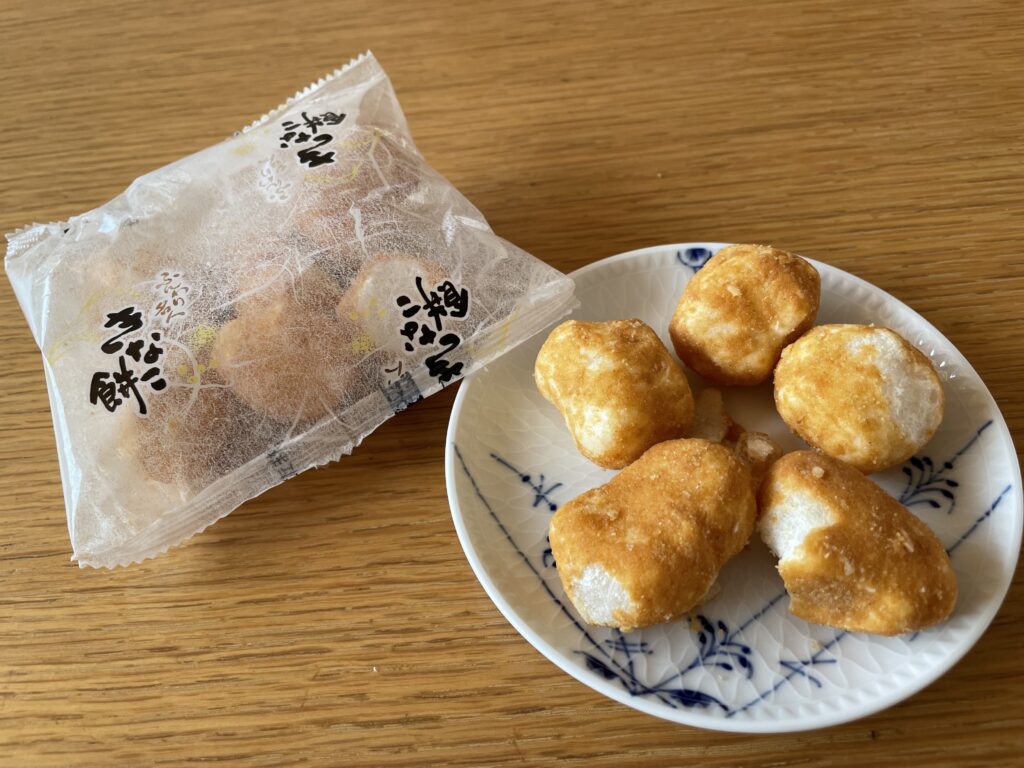
Kinako-Mochi is a rice cracker made from a combination of Arare that melts quickly in our mouth and Kinako (soybean flour) made from Hokkaido soybeans, and the most popular is made by Echigo Seika.
Rice crackers usually produce a hard and chewy texture, but they pursued a soft and melt-in-the-mouth texture. Therefore, they focused on the gelatinization ,which is that when starch is heated with water, the starch molecules lose their regularity and become glue-like such as cooked rice or rice cakes. They had repeated trial and error for more than ten years, with the goal of creating a Arare(Okaki) that is like freshly pounded rice cakes.
The other element is soybean flour, Kinako, which is made by slowly roasting soybeans into a powder and is used in a wide range of health food applications as it is an easy way to consume soy components such as saponins and isoflavones.
These two elements, combined with the simple flavorings of salt and sugar, make Kinako-Mochi a completely new sweet that breaks down the barriers between rice crackers and other confectioneries.
Curry Senbei

Curry Rice
We select Curry Senbei from a large number of Senbei crackers. Curry, originated from India, is a dish with a mixture of various spices, but in Japan it has evolved in its own unique way and Curry Rice is now as popular as the Japanese soul food Sushi and Ramen.
Rice crackers such as Senbei come in a variety of flavors, including soy sauce and seaweed, but curry is one of the most typical flavor, too. Just as curry and rice go well together, crackers made from rice may go well with curry flavors. There are so many varieties of them, from mass-produced products to local specialties, but here we focus on the curry rice crackers from Buson-an.
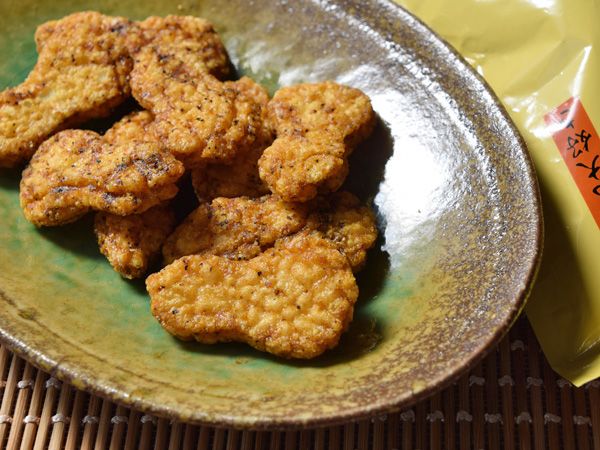
Curry rice crackers from Buson-an in the shape of gourds
As its name suggests, Buson-an was named after the haiku poet Yosano Buson, who loved Kyoto. This head office is located in Rokkaku, Kyoto, where the atmosphere of the old capital still remains.
Their curry crackers are available in gourd-shaped types and have a curry flavor that also includes soy sauce and Japanese dashi, and the spiciness that remains after eating is unique. Other crackers with seasonings and condiments used in Japanese cooking, such as leek miso and black pepper, also exist.

